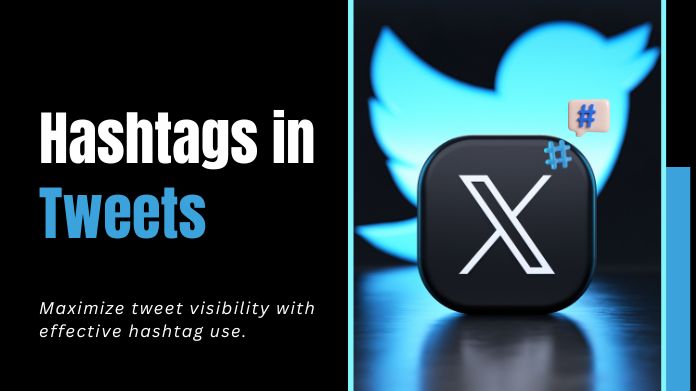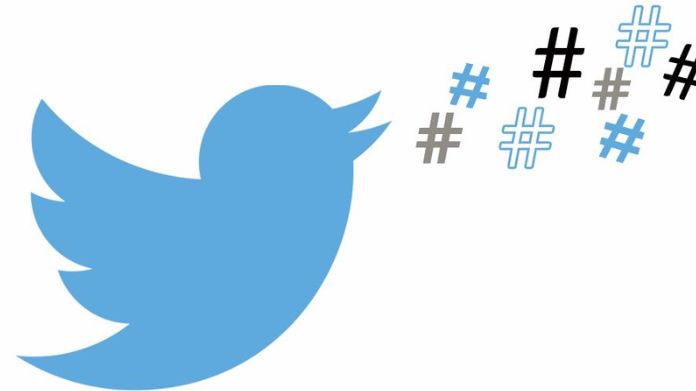In social media creativity, crafting convincing and engaging fake tweets involves more than just witty text—it’s about building an immersive narrative.
Despite their digital roots, hashtags in Tweets play a crucial role in enhancing the authenticity and reach of these fictitious messages.
This Fake Tweet Generator guide delves into the art of hashtag usage in fake tweets, exploring the best practices that elevate the believability and shareability of your crafted content.
Whether you’re experimenting with humor or satire or creating a fictional persona, join us as we navigate the intricacies of hashtag etiquette and strategy.
Let’s unravel the secrets to making your fake tweets convincing and capable of seamlessly blending into the vibrant tapestry of online conversations.
What Are Hashtags in Tweets?

Tweet hashtags are words or phrases preceded by the “#” symbol. They are used to classify and organize content on social media, particularly on Twitter.
Hashtags make searching and finding specific topics or conversations easier for users. When a user includes a hashtag in their tweet, it becomes a clickable link that takes users to a feed of other tweets with the same hashtag.
Hashtags are used for events, trending topics, campaigns, and discussions. They can help increase the reach and visibility of tweets, allowing them to be seen by a wider audience interested in that particular topic.
Why Use Hashtags in Tweets?
Hashtags in tweets serve multiple purposes, making them a powerful tool in social media communication.
Here are several reasons why using hashtags can be beneficial:
- Enhanced Discoverability: Hashtags categorize content, making it easier for users to discover tweets on specific topics of interest. Users can access a stream of related tweets When they click on or search for a hashtag.
- Increased Visibility: Tweets with relevant and popular hashtags are more likely to appear in searches, trending topics, and explore pages. This can significantly increase the visibility of your tweet beyond your immediate followers.
- Community Engagement: Hashtags create virtual communities around shared interests or events. Users can join conversations, participate in trending topics, and engage with a broader audience by incorporating relevant hashtags in their tweets.
- Campaign and Branding: Hashtags are often used in marketing campaigns to create a branded and easily identifiable theme. They help promote and track the success of campaigns while encouraging user participation.
- Event Promotion: When attending or hosting an event, hashtags facilitate communication and interaction among attendees. Attendees can share experiences, photos, and updates related to the event using a specific hashtag.
- Trend Participation: Trending hashtags represent popular and widely discussed topics on social media. By incorporating these trends into your tweets, you can align your content with current conversations and reach a larger audience.
What Are the Best Practices for Using Hashtags in Tweets?

Effective use of hashtags in tweets involves a combination of strategy, relevance, and etiquette. Here are some best practices for using hashtags in tweets:
Be Specific and Relevant
- Use hashtags that directly relate to the content of your tweet.
- Be specific to the topic or theme you are addressing.
Limit the Number of Hashtags
- Avoid overcrowding your tweet with too many hashtags.
- Aim for a balanced use of one to three relevant hashtags per tweet.
Research Popular Hashtags
- Explore trending and popular hashtags related to your tweet’s subject.
- Use established and widely recognized hashtags to increase visibility.
Create Unique Branded Hashtags
- If appropriate, create and promote unique hashtags for campaigns or events.
- Ensure the hashtag is memorable, easy to spell, and aligns with your brand or message.
Consider Hashtag Placement
- Place hashtags within the context of your tweet to maintain readability.
- Avoid starting or ending a tweet with a string of hashtags.
Check Spelling and Avoid Spaces
- Use correct spelling and capitalize the first letter of each word for readability.
- Avoid using spaces or special characters within a hashtag.
Monitor and Participate in Conversations
- Track hashtags to monitor conversations and engage with users using similar hashtags.
- Join trending topics when relevant to your content.
Encourage User Participation
- Prompt your audience to use specific hashtags in their responses or retweets.
- Foster community engagement around shared hashtags.
Know Your Platform
- Understand the hashtag culture and trends on different social media platforms.
- Tailor your approach based on the platform’s guidelines and user behaviours.
Review Hashtag Analytics
- Analyze the performance of your tweets with specific hashtags.
- Use insights to refine your hashtag strategy over time.
By integrating these best practices, you can maximize the impact of hashtags in your tweets, increasing discoverability, engagement, and overall effectiveness in reaching your audience.
Final Note
The best practices outlined in this guide serve as a compass, guiding you toward an effective and engaging hashtag strategy.
By being specific and relevant, limiting the number of hashtags, and embracing unique branded tags, you can enhance the discoverability and impact of your tweets.
Remember to monitor conversations, encourage user participation, and adapt your approach based on platform nuances.
Whether navigating trending topics or fostering community engagement, hashtags are your allies in the vibrant tapestry of social media.
So, as you craft your tweets and weave them into the digital conversation, let these best practices be your guiding stars, ensuring that your messages resonate and amplify across the ever-evolving landscape of online communication.
